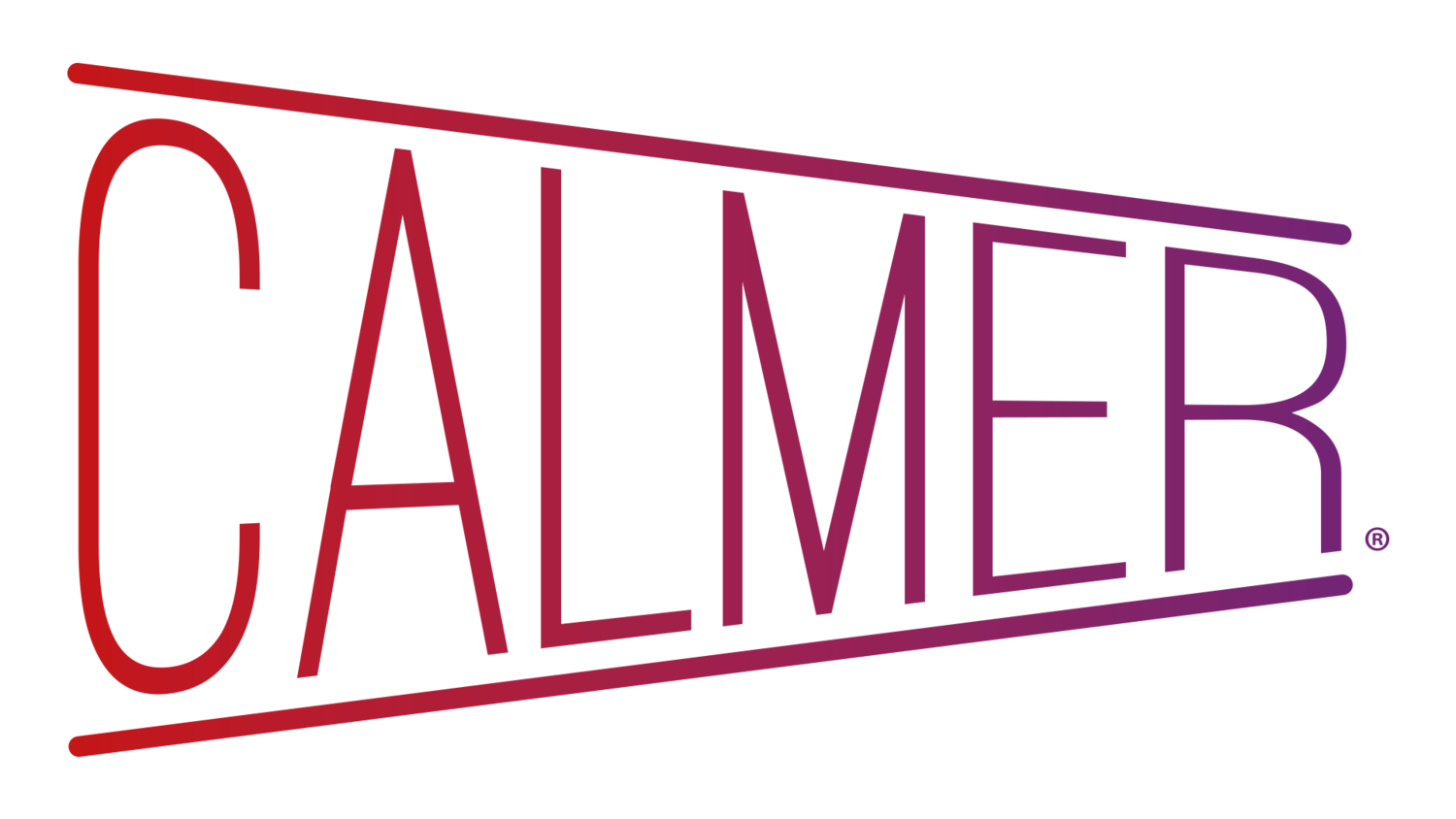How many emails are waiting in your inbox unread? What about those you’ve flagged? The chances are, there’s more than a day’s worth of work just waiting for you in your inbox, and with the added pressure of time and people waiting on your responses.
Email is one of the most common forms of communication in the world. In 2017, 269 billion emails were sent and received each day - that’s 35 emails for every single person on the planet, every single day. It’s no wonder that emails, and our inboxes, can get on top of us, creating a state of anxiousness that we feel even after switching off our screens for the day.
In this guide, discover a number of ways to better manage your inbox, and alleviate the effects of an overflowing inbox.
Avoid aiming for a ‘clean inbox’
One of the most common strategies for managing emails is to aim for a ‘clean inbox’. This is where all emails have been read, actioned, and filed, leaving no emails to do in the main inbox folder. However, have you ever considered that this may not be the most efficient way to manage your emails, or your workload?
Newness < Deadlines
Instead of aiming to clean your inbox by the end of each day, consider filing your emails based on deadlines. What can you do today? What can be left until tomorrow? What can be actioned in a week’s time?
Your Priorities vs. Their Priorities
You may also wish to consider the priority of emails. Is there a client you would like to ensure you always communicate quickly with? If so, make them a VIP in your inbox. Also consider your own priorities - will an unexpected press interview boost your business? If so, respond to that, and shuffle other tasks further down the list.
You could consider Eisenhower’s Matrix to also prioritise emails more efficiently:
Important and urgent
Important but not urgent
Not important but urgent
Not important and not urgent
Implement set times for email management
Managing emails is good for keeping up communication with your team, your clients, and your suppliers, but it does take time away from actioned work. Consider implementing times when you’ll check your inbox - perhaps at the start, middle, and end of the day - and work in the hours in-between.
Also consider highlighting when you will be reachable in your signature - these are your contact hours, not your full working hours. By managing expectations in terms of communication, email recipients will know to wait until tomorrow to receive a response from you, and may even curb emails sent outside of office hours.
Switch off push notifications
Similarly, switch off email notifications (and all other work notifications) when your working hours are over. Consider having these switched off altogether on your phone, or have a work phone and a personal phone. This will reduce the temptation to work longer (and less productive) hours, and also reduce the occurrence of spikes in cortisol levels from receiving unexpected or stressful emails during personal time.
Reduce your time on social media
If you have social media accounts linked to your work, it’s also worth reducing your time on them outside of working hours. Social media has been linked to negative thinking, as well as stress and anxiety.
In terms of messages, you may find certain people will reach out with social media messages when they haven’t received a response from you over email. Try reassuring them that you will get back to them when you get the chance. You may also consider leaving out any timeframes, so as not to give yourself added pressure.
Managing email-induced stress and anxiety
We’ve talked about handling the task of writing and responding to emails, but what about their content? Email, and written word, can be a tricky medium, coding certain emotions, thoughts, and feelings. A badly-worded email, or a hurriedly-written message, can also induce feelings of stress, anxiety, or guilt. In certain cases, this may even be the intended effect.
Whatever the circumstances, consider taking the following steps to manage your stress levels and emotions when dealing with emails:
Take a breathing exercise before starting your emails. Breathing exercises can improve your cognitive function and reduce your stress levels, so it’s a great way to calm yourself before approaching emails.
Calm your nerves ahead of any important emails. Email is one of the most used forms of communication to discuss professional matters, and that includes responses to job applications, pitches, and contracts. In order to handle the emotions linked to these - fear of rejection all the way through to excitement - consider trying one of these 15 ways to calm your nerves.
Take regular breaks. Writing emails can eat into a big portion of your day, and our brains work best in 90-minute bursts of focus. So, every hour and a half, take a short break. Consider venturing a walk outside, taking a tea break, or doing something to encourage movement within your body.
Hold off sending emails for a few minutes. There’s a reason why Google added an Undo button in Gmail - many of us send emails too quickly, and either end up sending revised versions, or regretting our initial message. Consider taking some time before sending important emails and allow your subconscious to mull over the content of the email before returning to the message to hit send. It will improve how you feel about the message, and also how you come across to the person reading the message too!
Build your mental resilience with Calmer
Want more tips and strategies to improve your mental resilience in work and life? Consider joining the Calmer Community, our membership platform, or take our Mental Wellbeing Training, a video course designed for professionals looking to improve their mental resilience, time management, and more.

